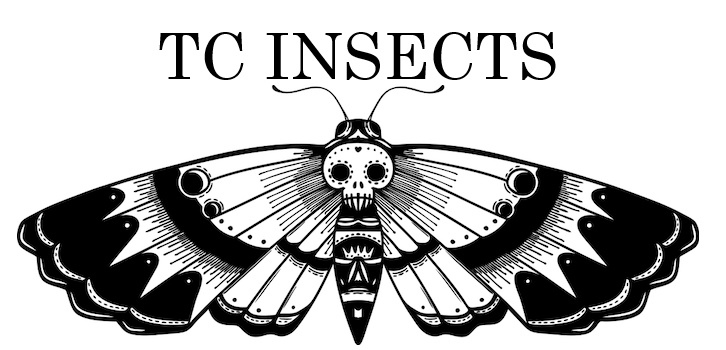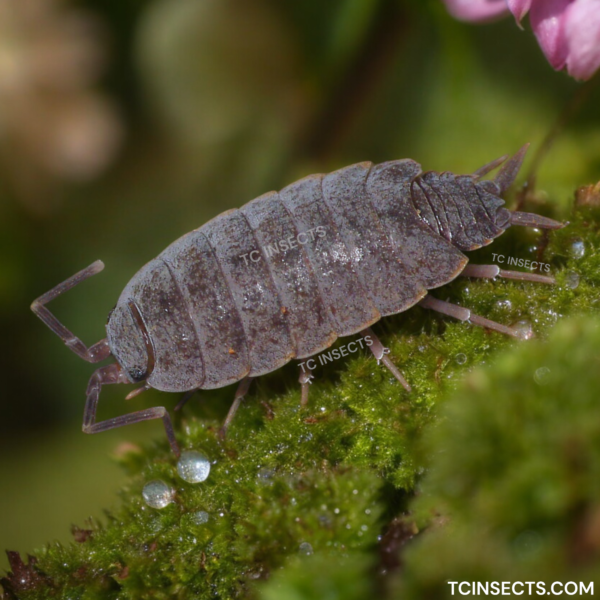Porcellio laevis – “Complete Collection Combo
Comes with 15 of each laevis morph.
15 – Dairy Cow
15- Orange
15 – White
15- Wild Type
Overview
Porcellio laevis – “Complete Collection Combo has every type of Lavies you could want. The time to maturity from birth is typically 7 months. They can be kept in Bioactive terrariums (for larger species) and are known for their ability to exceed as tank janitors (also known as Clean Up Crews, CUC). In the wild, this species can be found in the litter layer of the forest consuming decaying plant and organic matter.
Appearance and Size
Adult Size 1.5 – 2.4cm
Characterized by its flat, wide-body, P. Laevis is also known as the smooth back isopod. The exoskeleton is shiny and strong, this species is diurnal making it a great display species as it is active during the daytime to be observed and enjoyed.
Known for being one of the larger and aggressive isopod species. They use their big bodies to outcompete other isopods. When used in the Bioactive Terrarium it is wise to only pair Lavies species with larger animals. There have been reports of Lavies eating small thumbnail frogs and smaller isopod species. Be sure to feed them plenty, the adults have been known to almost bully and push away juveniles when feeding
Husbandry and Diet
Husbandry:
All laevis, have big appetites, enjoy warm temps, and breed fast. We always pair our isopods with springtails the Bioactive combination makes a healthy environment that is sure to stay clean.
Isopod Container Habitat: For display ventilated acrylic or Glass Enclosure. Economic a plastic container can be used but lacks in visibility and aesthetics.
Porcellio Laevis Diet
- Fiber-Based: Decaying Hardwood (non-pine), Leaf litter, and even paper egg flats.
- Vegetable-Based: Freeze Dried Peas/Beans, Mushrooms, sweet potato
- Protein-Based: Yeast, Shrimp Meal/Pellets, Insect Frass (they love it!)
In our store, you will find Springtail Feed that is high in nutritional yeast, and our Isopod Food is a balanced recipe of Plant matter and proteins.
An important note when feeding is not to overfeed. Old food can spoil and attract fungus gnats, fruit flies, and mites.
Porcellio Laevis Isopod Breeding
Females: As they reach adulthood females will have a white cavity in between their legs. Females also seem to be larger than males.
Males: Do not have a white cavity between legs.
When breeding it is important to check colonies as part of a weekly routine and follow the above care guide.
Natural Habitat:
Porcellio Laevis was first recorded in Europe. The wild type was first documented in Britain in the 13th century but is argued amongst scholars that Laevis originated in Northern Africa. Thanks to world trade throughout the centuries this species has been distributed all over the world. Now being found in the wild of Australia, North and South America, Japan, Southwestern Asia, and even some Pacific Islands.








